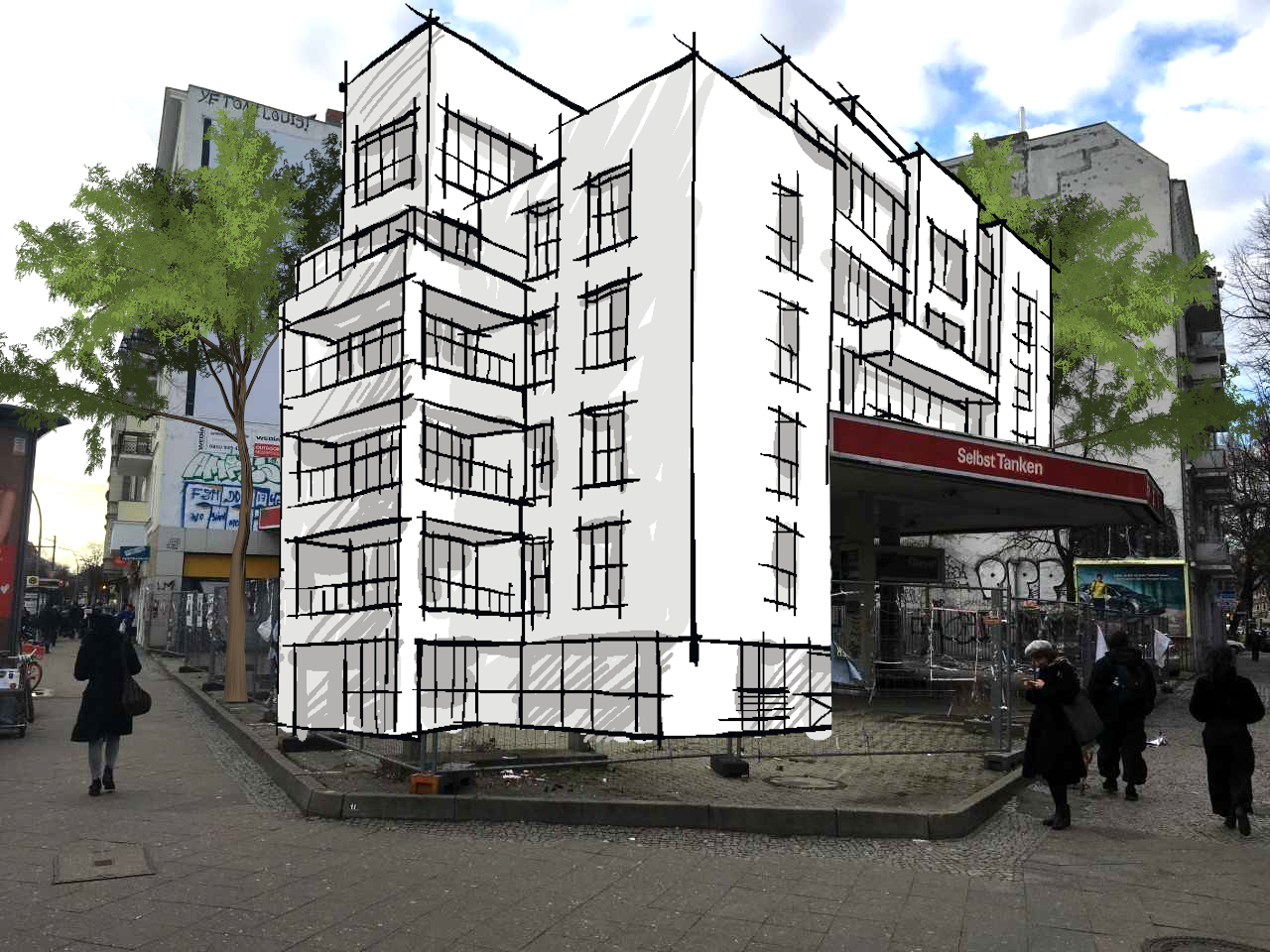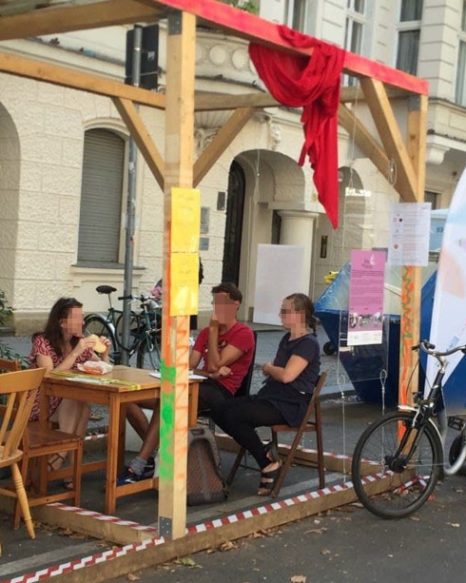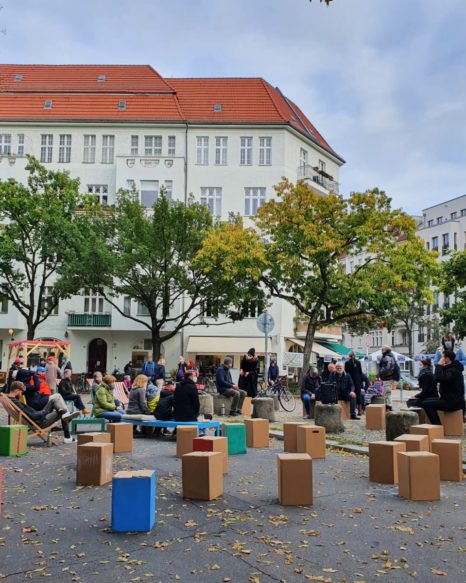The Potential of the Traffic Transformation towards Sustainable Mobility for the Redesign of the Urban Environment to Improve the Supply of Space for the Housing Market

In his dissertation, Alexander Czeh investigates how the transport transition could impact housing markets, using the example of off-street automobile infrastructure. Sustainable modes of transport require significantly less space than private motorized transport. A broad shift to modes such as public transport, cycling, walking and shared mobility as part of the transport transition could enable the reallocation of land in urban areas (Munshi, 2018).
In order to determine the potential impact of the transport transition on the housing market, Czeh conducts a status quo analysis using a geographic information system (GIS) to assess the current land use of off-street automobile infrastructure and future land use per infrastructure type in Berlin (gas stations, garages, car dealerships, car rentals, and parking infrastructure). This is calculated based on the current car density and modal split in relation to the target values for achieving climate neutrality in Berlin by 2045 (Institut für ökologische Wirtschaftsforschung, 2021). In a next step, the author analyses the potential gains for the housing market of previously identified obsolete off-street automotive infrastructure. The spatial analysis includes various indicators of urban density such as building coverage ratio (FAR) and floor space ratio (FSR) as well as the green space supply of plots in order to calculate the potential contribution of the transport transition to the housing market (quantity of new residential units) and to derive actionable policy recommendations.
The findings of this research will complement existing findings on the benefits of the transport transition, which include improved air quality, reductions in both greenhouse gas emissions and traffic accidents, improved inclusivity in mobility and improved quality of life.
Carlow, V. 2016. Space as a ressource.
Creutzig et al. 2020. “Fair street space allocation: ethical principles and empirical insights.” Transport Reviews (Elsevier) 718ff. Accessed December 14, 2022. doi:https://doi.org/10.1080/01441647.2020.1762795.
Gössling, Stefan. 2020. “Why cities need to take road space from cars - and how this could be done.” Journal of Urban Design (Informa UK Limited, trading as Taylor & Francis Group) 25 (4): 443-448. Accessed Decmber 27, 2022. doi:https://doi.org/10.1080/13574809.2020.1727318.
Guzman et al. 2021. “Buying a car and the street: Transport justice and urban space distribution.” Transportation Research Part D (Elsevier Ltd.) 6. Accessed November 28, 2022. doi:https://doi.org/10.1016/j.trd.2021.102860.
Holm, Andrj. 2019. Berliner Wohnungsfragen seit 1990. Vol. 2, in Wohnungsfrage und Stadtentwicklung, by Bodenschatz und Brake, 179ff. Berlin: Lukas Verlag.
Institut für ökologische Wirtschaftsforschung. 2021. “Berlin Pariskonform machen.” 174. https://www.berlin.de/sen/uvk/klimaschutz/klimaschutzpolitik-in-berlin/berlin-paris-konform/.
Munshi, T. 2018. “Assessment of Physical and Ecological Space Consumed by TransportModes: A Case Study of Rajkot City in India.”







